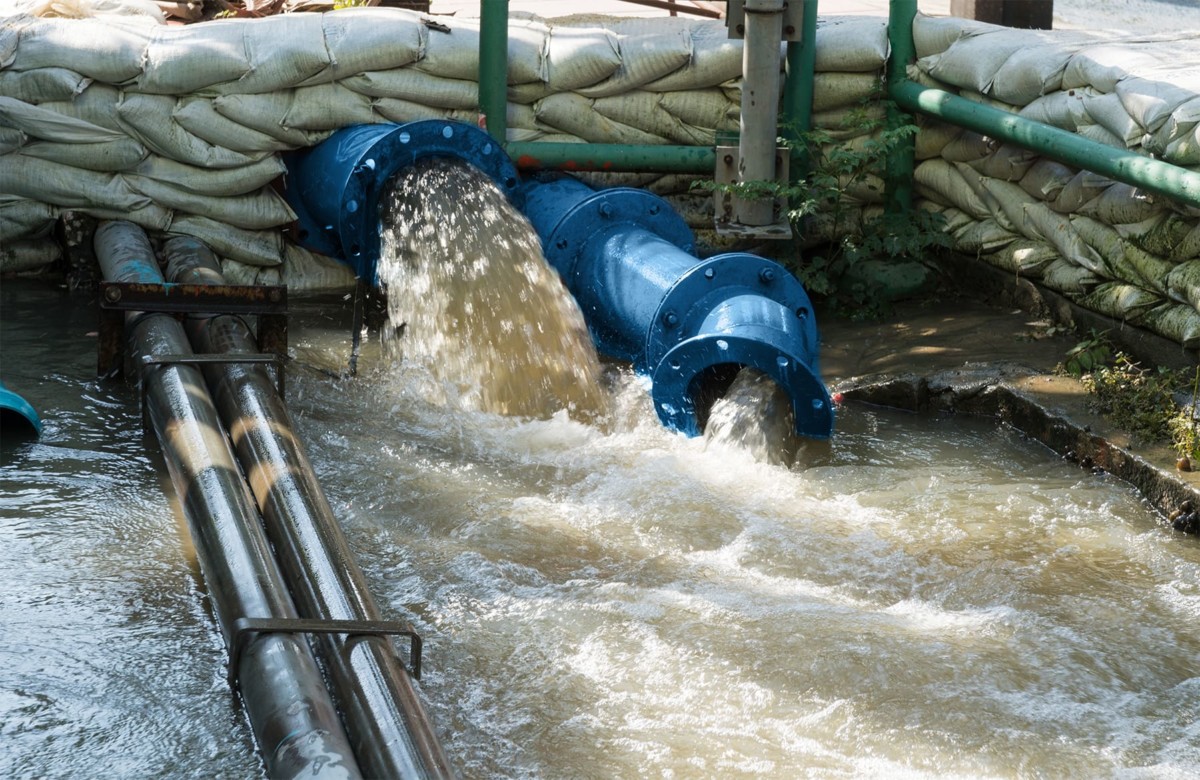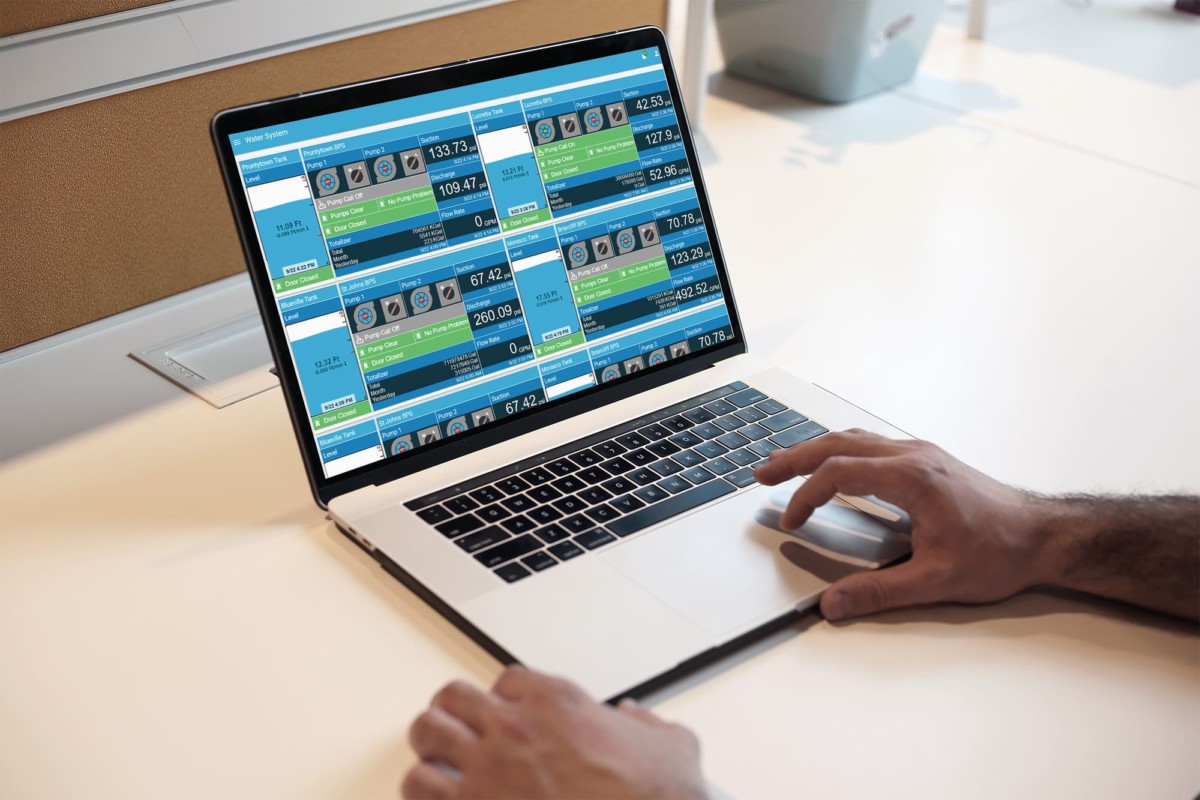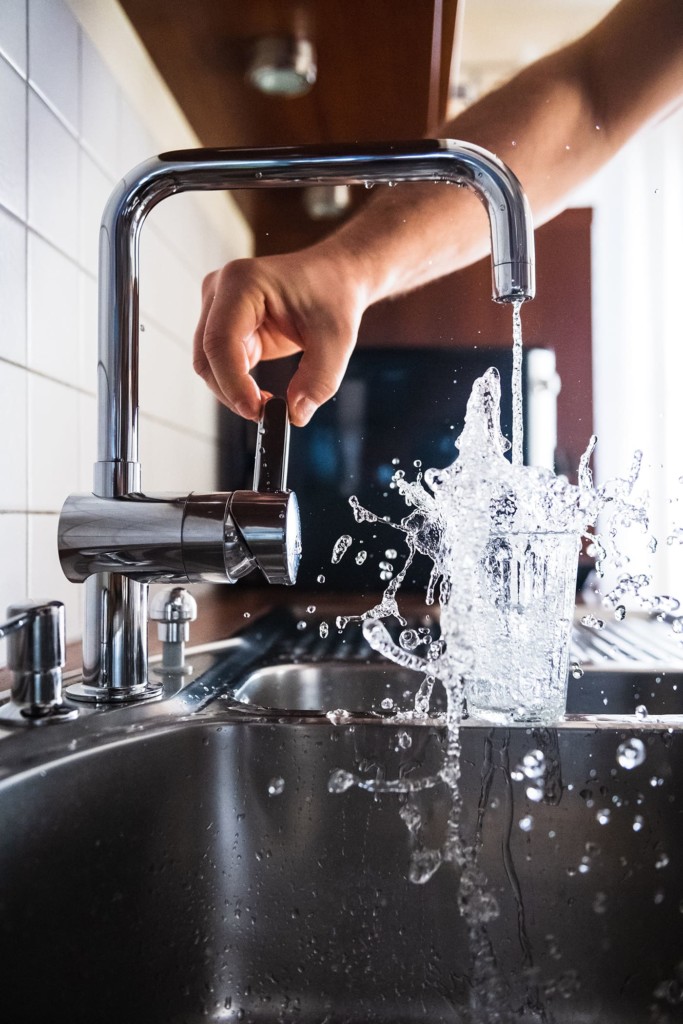Water Treatment Plant Basics
The Importance of Water Treatment
Providing clean drinking water to the residents of a city is a major responsibility for municipal water distributors. Being able to provide clean, usable water ensures the upkeep of public health and safety in a particular area. Failing to take the necessary steps to keep water distribution systems clean of pathogens can lead to health complications for the citizens who consume the water.
In order to keep the water clear of any contaminants, water distributors need to be diligent in their work and avoid making mistakes when treating the water that comes through their plant. By upholding strict standards for water treatment processes, treatment facilities can ensure that the water distributed to the people is clean, and wastewater leaving the plant is clean enough to return to the environment.
Water Treatment for Distribution
The process in which water is treated on its journey from the environment to the household tap is a long and detailed one. The process begins with water being pumped from a local body of water such as a river, lake, or estuary. The water from these different sources is pumped into a water treatment facility where it undergoes the cleaning process.
Due to this water coming from the environment, it may contain harmful microorganisms. Water treatment incorporates the different practices of chemical coagulation, sedimentation, filtration, and disinfection to ensure that the water is safe to consume. Once the water has been properly treated for any harmful substances, it is ready to be distributed. The water is discharged into a series of pipes and lifts to ensure it is delivered to each building. Additionally, a disinfectant is maintained through the distribution path to keep water free of any waterborne pathogens.
Wastewater Treatment
After the water has been used by its consumers, it flows down the drain. Water consumption doesn’t just include toilets, showers, and sinks. All water, including lawn irrigation, laundry, dishwashers, car washes, and more all find their way into the sewer heading for the treatment plant. With the help of gravity, water is directed through a series of pipes that gradually grow in size until it reaches the main sewer line. Sometimes gravity isn’t enough to get the wastewater to the main sewer line, so a lift station is needed to move water vertically so it may use gravity to regain flow. The main sewer line acts as a superhighway for wastewater to reach a nearby treatment plant where it is treated through a variety of methods.
Wastewater treatment methods include using multistep processes to filter out solids and organic matter that comes in with the flow of wastewater. Large particulates are filtered out while smaller organic solids are broken down via healthy bacteria. Once the water is adequately treated, it is returned to the environment where it is further treated by naturally occurring bacteria.
Water Treatment Methods

In the treatment plant, water can be cleansed through multiple different processes. Slow sand filters are small tanks that are typically used to treat surface water. This process occurs with an algae layer forming above the sand which pulls in and cleanses the water. Sometimes small organisms are present to ingest the waste, further cleaning the water. This process can often take over a month.
Another form of wastewater treatment is through flocculation. Flocculation is the process of adding a clarifying agent to the wastewater treatment tank and increasing mixing so that harmful particles are likely to collide and combine. Once the harmful matter has combined it is easier to remove from the water when flowing through treatment plant filters.
The next treatment process uses ultraviolet lights for electromagnetic radiation. This process mostly takes place for well water or surface water. The process occurs when a shortwavelength ultraviolet light is shown through a treatment tank. This light eliminates or inactivates microorganisms by destroying nucleic acids and breaking apart their DNA. Although this process rids the water of harmful organisms, a residual cleaning agent is not present.
Lastly, chlorination is the process of adding chlorine or chlorine compounds to water. This method kills certain bacteria and microorganisms due to the toxicity of chlorine. Chlorination is most often used in water treatment to prevent the spread of waterborne diseases such as cholera, dysentery, and typhoid. However, sometimes dechlorination needs to occur if the water is too toxic, or if the water is going to be used in an aquarium where aquatic organisms are present.
Key Components of Water and Wastewater Treatment

Lif Station Monitoring
Lift stations are an integral part of the wastewater treatment process. As wastewater flows from homes, it uses gravity from downward sloping pipes to aid in the movement of the wastewater. However, as water flows downhill it ultimately reaches a stopping point where it can no longer go down. Here, a lift station is used to move water vertically to another pipeline where it can again use gravity to help it flow.
These lifts play a major role in keeping costs down for wastewater treatment plants and improve the process of moving wastewater to the facilities. These lifts, like any other mechanical device, have the capacity to fail and breakdown. Maintenance is a big part of ensuring that hazardous raw sewage is transported safely to its destination. Maintenance of a lift station can include monitoring flow readings, cleaning floats, and testing power supplies and backups. It’s also important to regularly test lift station alarms so the proper people can be notified of a malfunction.
The best way to monitor a lif station is through a cloud-based SCADA system. It’s easy to use, accurate, affordable, and able to be accessed from anywhere. A SCADA system allows for wastewater operators to easily access data on their lift stations, and notifies operators sooner if a problem occurs.
Treatment Plant Monitoring
A SCADA monitoring system in your water and wastewater treatment facility will help keep your facility running smoothly and provide complete insights on what’s happening in your facility. Applying a SCADA system to your treatment plant will allow you to monitor the flow of water through your facility, monitor the amount of pressure in your system, track how much of a certain chemical is being added, and plenty more. Being able to accurately report, monitor, and analyze the different aspects of your treatment plant will help improve the overall operation of your treatment facility.
Being provided with accurate information can help ensure that your facility is running efficiently, and the risk of a problem occurring is diminished. Additionally, having accurate information at your fingertips allows for quicker and easier preventative maintenance measures.
Cutting Edge Treatment Plant Monitoring Services
Water treatment is one of the most crucial industries in the world today. Ensuring that people around the country are provided with clean drinking water is a daunting task with a multitude of challenges. Properly implementing a SCADA monitoring system into the day to day operations of a water treatment plant can help limit the number of obstacles and threats facing them.
High Tide Technologies provides flexible cloud-based SCADA monitoring solutions that help utility companies monitor and ensure the efficiency of their equipment. Water is our most precious resource and needs to be treated diligently and with proper care.
About High Tide Technologies
High Tide Technologies is an end-to-end cloud-based SCADA company that enables our users to create a complete SCADA solution that utilizes field units, satellite, cellular or Ethernet communications as well as the Internet to monitor and provides automatic control of your systems.

Share this case study